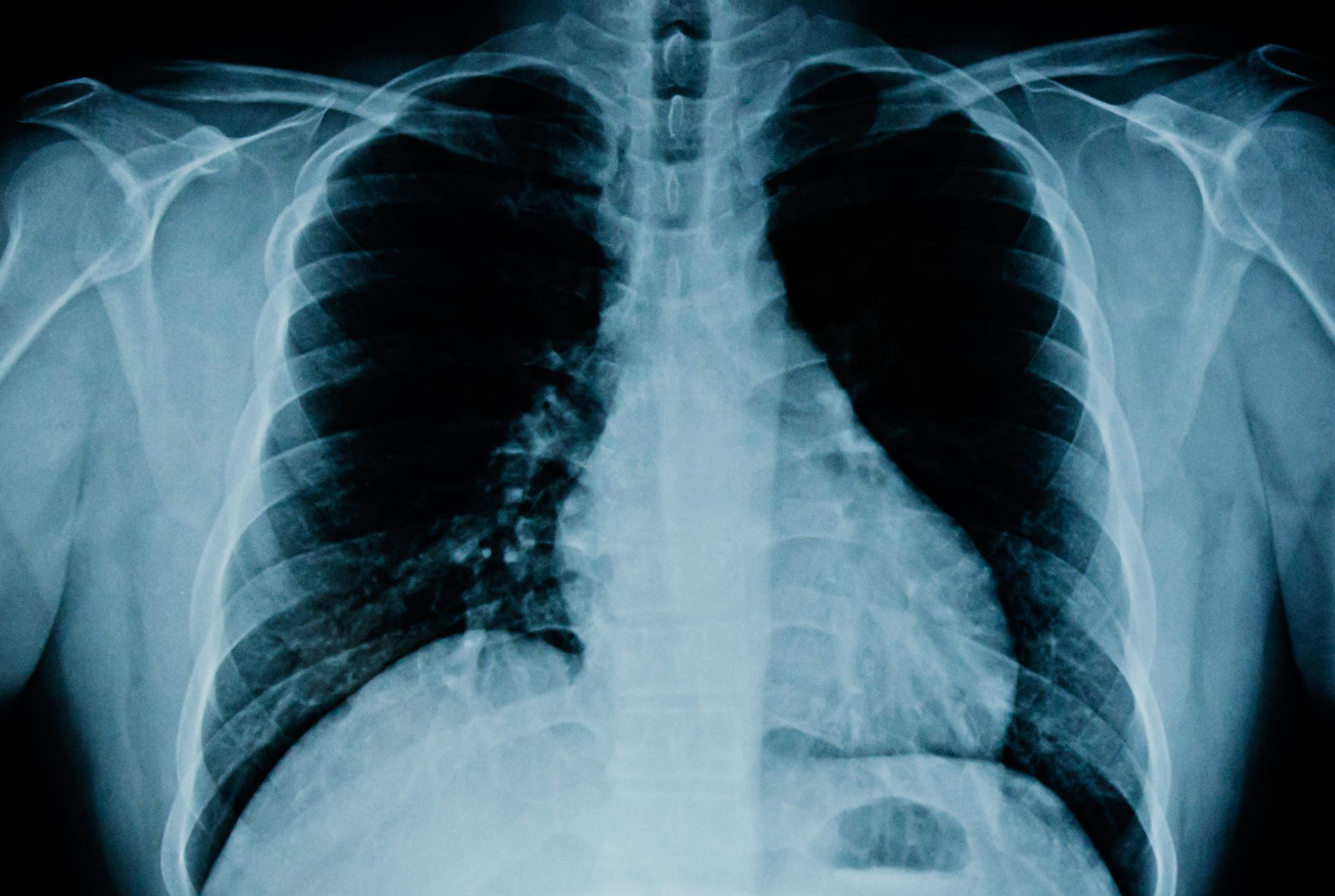Individual therapy goals are playing an increasingly important role in the modern, guideline-oriented treatment of psoriasis. In this context, real-world studies with biologics often not only record the reduction in PASI and BSA over the course of treatment, but also
various patient-related outcome parameters (“patient reported outcomes”) are also collected. The fact that interleukin (IL)-23 inhibitors also perform well in this respect has been confirmed in recently published
Interim analyses again.
Real-world study data on tildrakizumab and risankizumab were presented at this year’s edition of the “Dermatology compact & practical” event [1,2]. Both are IL-23p19-i, which have been approved in Switzerland since 2019. Tildrakizumab (Ilumetri®) is indicated for the treatment of adult patients with moderate to severe plaque psoriasis and risankizumab (Skyrizi®) can also be used for psoriatic arthritis [3]. Interleukin (IL)-23 is a heterodimeric cytokine composed of the IL-23p19 subunit and the IL-12/23p40 subunit, which is shared with IL-12. Studies have shown that the messenger RNA (mRNA) of IL-12/23p40 and IL-23p19 is significantly increased in psoriasis plaques. In addition to the two mentioned, Guselkumab (Tremfya®) is another monoclonal antibody directed against IL23p19 [3]. In direct comparative studies, selective IL-23p19 blockers show superiority over older biologic therapies (TNF-alpha and IL-12/23p40 inhibitors) and there is now also a convincing evidence base in real-world settings.
TiGER: Tildrakizumab improves QoL and patient satisfaction
In this prospective, multicenter study, the influence of tildrakizumab treatment on the treatment satisfaction and quality of life of patients with plaque psoriasis and an infestation of special localizations was investigated [1]. The results of the present interim analysis include the improvement in well-being, as measured by the WHO-5 score, in patients with involvement of the scalp, nails, genital and palmoplantar areas. Quality of life and satisfaction with the treatment were also evaluated. For this interim analysis, data from 140 patients from treatment centers in Germany were evaluated. Analyzable data was available for 87.9% by week 28. The average age is 48 years (SD 14.8 years), 65.0% of patients are male.
The most important results at a glance:
- WHO-5 (scale from 0 to 100): Over the course of treatment, the mean score improved from 45.0& or 44.7** to 64.3& / ** .
- DLQI (scale from 0 to 30)$: at the start of the study, the average values were 14.2&** and fell to 3.8& and 4.2** respectively by week 28.
- TSQM (scale from 0 to 100): at week 28, the values were 81.0 and 81.2** respectively.
In summary, the results of this interim analysis are in line with the positive results of tildrakizumab. In the POSITIVE study, interim evaluations after 16 and 28 weeks showed an improvement in the well-being of both the patients themselves and their social environment (FamilyPso questionnaire, Physician’s Satisfaction Score) and the TRIBUTE study showed improvements in health-related quality of life (HRQoL) and sleep [3–6].
& observed case (OC)
** last observation carried forward (LOCF)
$ higher values = higher impairment
VALUE: Effects of risankizumab on psychosocial parameters
In the transnational, non-interventional observational study VALUE, the effects of risankizumab treatment on various patient-relevant aspects are being investigated [2]. An interim analysis for the German cohort included data on the quality of life of biologics-naïve patients at baseline (n=215) and after 104 weeks (n=65). Risankizumab showed a significant improvement in several patient-relevant outcomes at weeks 52 and 104:
- Stigmatization (6-item stigmatization scale of the ISDL): a value of >12 was reported by 48.3% at baseline; this rate fell to 6.3% and 4.6% respectively over the course of the study;
- Social support (UCLA Loneliness Scale): 37.7% had a score ≥43 at baseline; over time, this proportion fell to 26.6% and 21.9%;
- Impact of the disease on the occupation (WPAI): a WPAI total productivity impairment >20% was documented in 51% as the initial value; this rate was reduced to 17.3% and 12.1% respectively;
- Mood/personality (HADS-D): at baseline, 20.0% had a HADS-D score ≥11; over time, only 5.0% and 4.7% respectively;
- Rosenberg Self-Esteem RSES Coping Strategies (HADS-A and PSS): the proportion with an RSES score <15, an indicator of low self-esteem, decreased from 9.2% at baseline to 4.4% and 4.7% respectively, and those with a PSS-10 score ≥27, an indicator of high levels of stress, decreased from 12.8% to 3.8% and 3.1% respectively.
Congress: Dermatology compact & practical
Literature:
- Magnolo N, Kirsch A, Buhk T: Improvement in the well-being of patients with moderate to severe plaque psoriasis and involvement of distressing areas with tildrakizumab, KoPra 2024, P030. JDDG 2024; 22, Issue S1: 1-40.
- Staubach-Renz P, et al: Effect of early Risankizumab treatment on quality of life – 2-year real world data from the German cohort of the VALUE study, KoPra 2024, P036. JDDG 2024; 22, Issue S1: 1-40.
- Swissmedic: Medicinal product information, www.swissmedicinfo.ch,(last accessed 13.05.2024)
- “Almirall’s Ilumetri® (tildrakizumab) significantly improves wellbeing for patients and their relatives in moderate-to-severe plaque psoriasis”, 16.04.2024.
- Augustin M, et al: BMJ Open 2023 Feb 15; 13(2): e060536.
- Sommer R, et al: Patient-reported well-being using tildrakizumab in a real-world setting: 28-week interimdata of the phase IV POSITIVE study. Abstract No. 3490. EADV October 11-14, 2023.
DERMATOLOGIE PRAXIS 2024; 34(3): 33 (published on 14.6.24, ahead of print)













